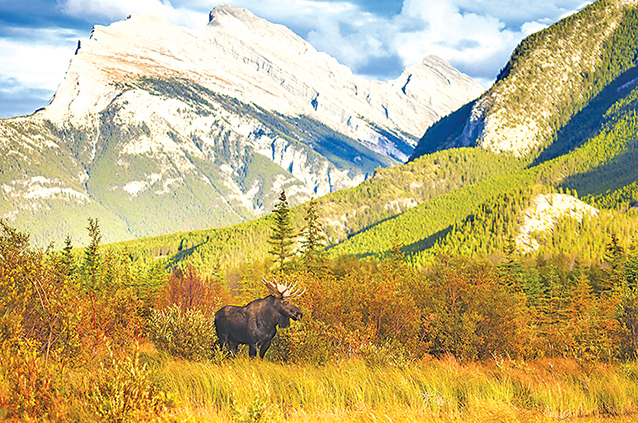Outdoor enthusiasts know that the wonders of nature never cease. Encountering wildlife while enjoying the great outdoors can be an experience unlike any other, especially when nature lovers know what to do and how to treat wildlife with caution and respect.
The National Park Service notes that the safety of nature lovers and wildlife depends on outdoor enthusiasts’ good judgment. By following these guidelines, nature lovers can continue to enjoy the great outdoors without adversely affecting local wildlife.
• Do your homework. The NPS notes that every park has its own specific guidelines regarding interactions with wildlife. Prior to visiting a park, familiarize yourself with these guidelines, which often include rules on viewing distances and food storage requirements. Ignoring the guidelines adversely affects the safety of both nature lovers and wildlife, so review the rules in advance of your trip and again upon your arrival at the park.
• Be vigilant from the moment you arrive on park grounds. According to the NPS, accidents involving motor vehicles are some of the more deadly encounters for wildlife in parks. The roads that help nature lovers navigate their way through parks cut directly through wildlife habitats, so visitors should be on the lookout and proceed with caution after arriving at the park, even if their campground or the area they intend to visit is still miles away.
• Don’t get too close to wildlife. The NPS says that in addition to following park guidelines that govern the distance visitors should maintain between themselves and wildlife, a good rule of thumb is to remember that you are too close if animals react to your presence. Selfies should be out of the question, but visitors can still take photos so long as they maintain safe distances between themselves and wildlife.
• Never feed, touch, tease, frighten, or intentionally disturb wildlife. Wildlife can be unpredictable, and interacting directly with them can put the health of park visitors and animals in jeopardy. Always remember you are there only to observe wildlife.
• Share any unusual experiences with a park ranger. Nature lovers who see wildlife that appears sick or wildlife that approaches them should share these experiences and encounters with a park ranger. In addition, don’t be shy about informing park rangers about other park visitors if you see them disobeying park rules. Keeping parks safe for visitors and wildlife requires a collective effort, and anyone not doing their part must be reminded of that, ideally by a park ranger.
Parks are great places to experience local wildlife. Guidelines governing interactions with wildlife should always be followed, as they can keep both visitors and animals safe.





Leave a Comment
Your email address will not be published. Required fields are marked with *